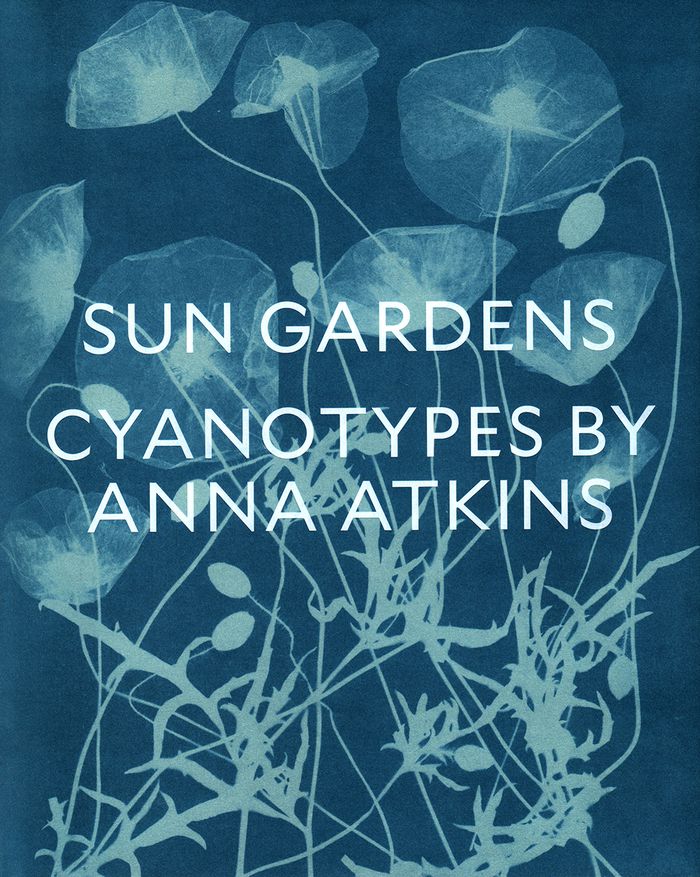$86.00
(disponible sur commande)
Résumé:
Anna Atkins (1799-1871) came of age in Victorian England, a particularly fertile environment for learning and scientific discovery. Guided by her father, a prominent scientist, Atkins was inspired by William Henry Fox Talbot to take up photography and was friends with Sir John Herschel, who invented the cyanotype photographic process in 1842. The next year, Atkins began(...)
Sun gardens: cyanotypes of Anna Atkins
Actions:
Prix:
$86.00
(disponible sur commande)
Résumé:
Anna Atkins (1799-1871) came of age in Victorian England, a particularly fertile environment for learning and scientific discovery. Guided by her father, a prominent scientist, Atkins was inspired by William Henry Fox Talbot to take up photography and was friends with Sir John Herschel, who invented the cyanotype photographic process in 1842. The next year, Atkins began making cyanotypes in an effort to illustrate and distribute information about her herbarium. The result was "Photographs of British Algae: Cyanotype Impressions", the first book to be illustrated with photographs. A decade later, she and her friend Anne Dixon expanded their visual inquiry to flowering plants, feathers, and other subjects. This volume is a revised and expanded edition of a long out-of-print monograph that first secured Atkins's place in the history of photography.
Monographies photo
livres
$39.95
(disponible sur commande)
Résumé:
William Henry Fox Talbot (1800-1877) is best remembered as the scientist who invented photography. Others had tried recording the images projected by a lens, but Talbot was the first to grasp the physical basis for realizing this dream and to conceive of a practical means for fixing these ephemeral(...)
The photographic art of William Henry Fox Talbot
Actions:
Prix:
$39.95
(disponible sur commande)
Résumé:
William Henry Fox Talbot (1800-1877) is best remembered as the scientist who invented photography. Others had tried recording the images projected by a lens, but Talbot was the first to grasp the physical basis for realizing this dream and to conceive of a practical means for fixing these ephemeral images permanently onto a sheet of paper. But Talbot's considerable technical achievements have often overshadowed his growth as an artist. Larry Schaaf examines this artistic growth by bringing together for the first time high quality reproductions of one hundred photographs representing the full sweep of Talbot's work. These beautiful images are not only records of scientific triumphs, but also the evidence of the first steps in shaping a totally new type of vision. The one hundred plates are reproduced in the actual size of the originals and in all the subtle colours that comprised Talbot's early work. They range from Talbot's Lilliputian pre-1839 negatives (made in "mousetrap" cameras) through botanical photograms to mid-1840s calotypes that demonstrate a sure command of the new art. Each plate is discussed in detail, drawing on important new research conducted by the author.
livres
janvier 1900, Princeton
Monographies photo
